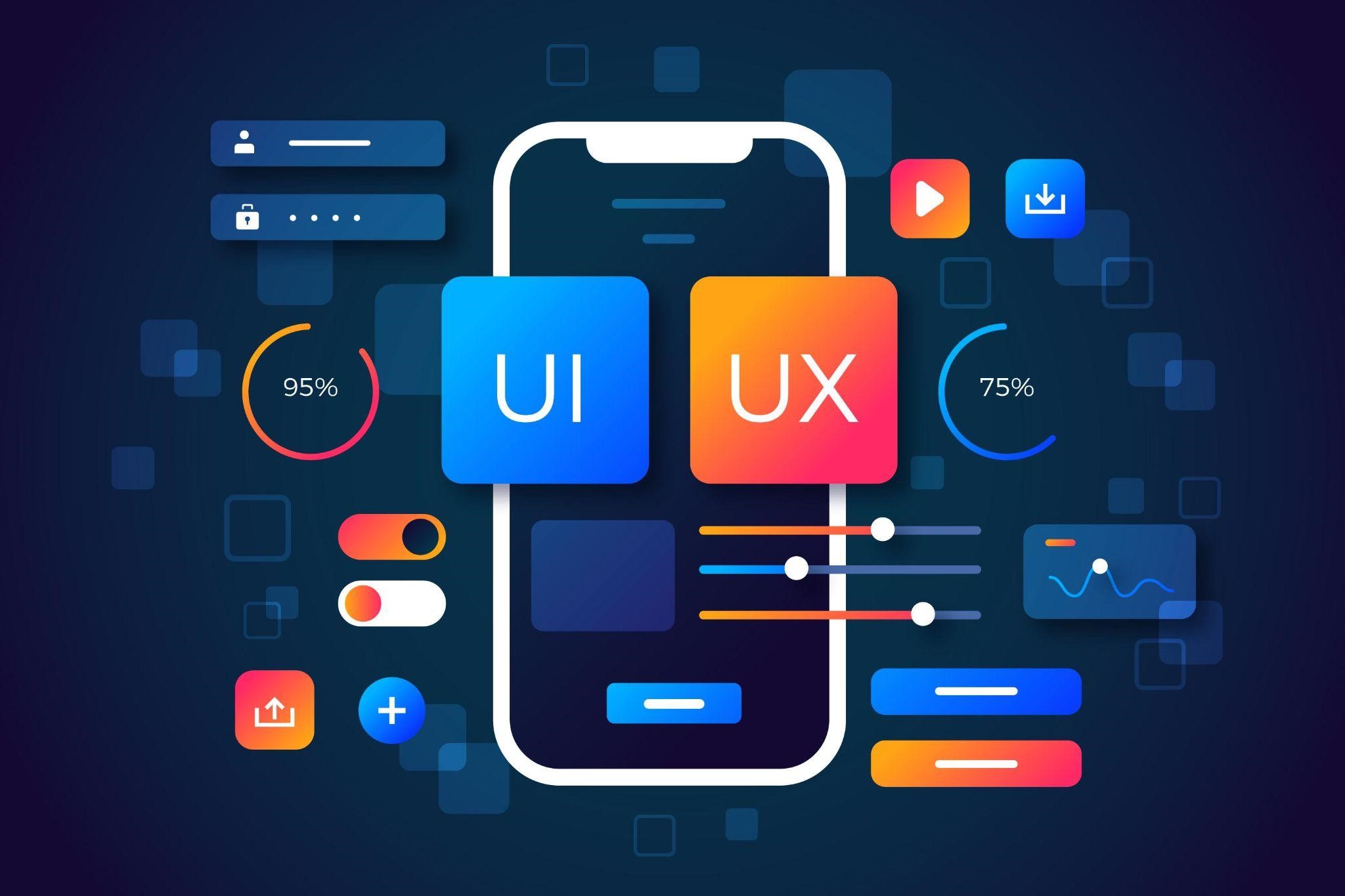Mobile optimisation has become an essential element of website design in today’s fast-paced digital world. Given the rise in smartphone and tablet use, businesses cannot afford to disregard how their websites function on mobile devices. As one of Melbourne’s top digital agencies, we know how mobile optimisation affects user experience, search engine rankings, and conversion rates. This blog will discuss the importance of mobile optimisation and why it must be a top concern for your website design approach.
What is Mobile Optimisation?
When you design and construct a website that works well on mobile devices, such as smartphones and tablets, you do mobile optimisation. This entails changing your website’s design, functionality, and content to ensure that users on all screen sizes have a seamless and pleasurable experience.
Mobile optimisation has evolved from a “nice-to-have” feature to a vital part of an effective digital marketing plan. In addition to losing potential clients, your website will undoubtedly rank lower in search engine results if it is not mobile-friendly. As a professional web design agency in Melbourne, we recognise that the mobile-first approach is vital to staying competitive in an ever-evolving digital landscape.
Why is Mobile Optimisation Important for Businesses?
1. Increasing Mobile Traffic
In recent years, mobile device usage has surpassed desktop computers. Statista says over 50% of global web traffic comes from mobile devices. With this shift in consumer behaviour, businesses must ensure their websites are mobile-optimised. You risk annoying and alienating users if your website isn’t mobile-friendly. Regardless of the device, a responsive mobile design provides a consistent user experience on your website.
2. Enhanced User Experience (UX)
The user experience dramatically influences the way users interact with your website. If a website is hard to use or takes too long to load on a mobile device, users will likely abandon it before making a purchase or contacting the company. Fast load speeds, simple navigation, and a design that adapts to different screen sizes are the main goals of mobile optimisation. As a custom website design company, we know a satisfying user experience is essential to retaining visitors and motivating them to act.
3. Improved Search Engine Rankings
Search engine optimisation (SEO) is a critical aspect of driving traffic to your website, and mobile optimisation significantly influences SEO rankings. Google has adopted a mobile-first indexing policy, which means the mobile version of your website is now the primary version that Google uses for ranking purposes. Websites that are not mobile-optimised will likely see a drop in their rankings. By working with the web design agency to ensure mobile optimisation, your business can stay competitive in search results.
4. Higher Conversion Rates
Mobile optimisation can directly affect conversion rates. Because they give visitors a better experience, mobile-friendly websites typically have higher engagement and conversion rates. To increase sales, a smooth mobile experience is crucial for companies offering e-commerce services. Whether making a purchase, filling out a contact form, or scheduling an appointment, ensuring these processes are simple and efficient on mobile devices is crucial for improving conversion rates.
5. Increased Local Search Visibility
Local businesses should pay special attention to mobile optimisation. Customers frequently look for local goods and services using their mobile devices. For instance, Google will prefer mobile-friendly websites that are optimised for local search if a prospective consumer searches for “best coffee shop near me.” A mobile-optimised website has a higher chance of ranking up in these local search results, which will assist your company in drawing in local clients. As the best digital agency in Melbourne, we know that local SEO and mobile optimisation go hand-in-hand for improving local visibility.

Key Factors to Consider for Mobile Optimisation
When optimising your website for mobile devices, several factors need to be considered to ensure a seamless experience for users. Let’s dive into the essential elements of mobile optimisation:
1. Responsive Web Design
One of the best strategies for achieving mobile SEO is responsive web design. It guarantees that your website’s layout will change according to the device’s screen size. Whether a user is browsing from a smartphone, tablet, or desktop computer, the website will adapt to fit the screen, offering an optimal user experience.
A custom website design agency in Melbourne can help you create a website that incorporates responsive design principles, making it accessible and user-friendly on any device.
2. Mobile-Friendly Navigation
Mobile users often have less screen space, so it’s essential to simplify navigation. A convoluted or disorganised navigation menu might irritate visitors and drive them away from your website. Mobile-friendly navigation typically involves using a hamburger menu (three horizontal lines) that expands to show the main menu options. Buttons should be large enough for easy clicking, and essential information should be easy to find. This streamlined approach to navigation makes your website more user-friendly and efficient on mobile devices.
3. Fast Loading Speed
Page load speed is essential for both SEO and user experience. Research has indicated that users are more likely to leave a webpage if it takes more than three seconds to load. Google takes page speed into account as a ranking factor. Use lazy loading for content, minimise superfluous plugins, and optimise images to ensure your website loads quickly on mobile devices. A web design agency can assist you in optimising your website’s speed to fulfil these standards.
4. Touchscreen Compatibility
On mobile devices, users interact with websites through touch gestures, such as tapping and swiping. Therefore, ensuring that your website’s buttons, forms, and interactive elements are optimised for touchscreen use is essential. For example, forms should be easy to fill out on mobile devices, and buttons should be big enough to tap quickly. Ensuring that your website is touchscreen-friendly can significantly improve user engagement and satisfaction.
5. Optimise for Local Search
Mobile users frequently perform local searches for goods and services. It is crucial to ensure that your website is optimised for local searches. This entails using location-based keywords, claiming your Google My Business profile, and ensuring that your company’s name, address, and phone number (NAP) appear consistently on all website pages. Local optimisation will help you appear in mobile searches when users are looking for businesses in your area.
6. Mobile-Friendly Content
Content is king, but it needs to be presented in a way that’s easy to consume on mobile devices. This means using shorter paragraphs, larger fonts, and images that scale well on smaller screens. Avoid cluttering your content with excessive text or too many photos, as this can overwhelm mobile users. By emphasising succinct, mobile-friendly content, you can maintain visitor engagement and motivate them to take action.
How Mobile Optimisation Impacts Your Business Success
As a digital agency in Melbourne, we know that a mobile-optimised website is no longer optional—it’s a must. Whether you run a local business or manage an e-commerce website design project, your website must perform seamlessly on mobile devices to stay competitive. Mobile optimisation improves user experience and impacts your SEO rankings, conversion rates, and local search visibility.
When your website is mobile-friendly, you provide a better experience for your visitors, increase the chances of conversion, and ensure that your site ranks higher on search engines. All these factors work together to improve your online presence and business success.

Conclusion
Mobile optimisation is an essential part of modern website design. Businesses prioritising mobile optimisation are more likely to draw in and keep clients, rank higher in search results, and see higher conversion rates in an increasingly mobile-first market. Whether you are looking for a custom website design service or need assistance with e-commerce website design in Melbourne, ensuring your website is mobile-optimised should be a top priority. At Kingaru, we specialise in creating mobile-friendly websites that provide an excellent user experience across all devices. If you’re looking for a web design agency in Melbourne to help optimise your site, contact us today, and let us help you take your website to the next level.








